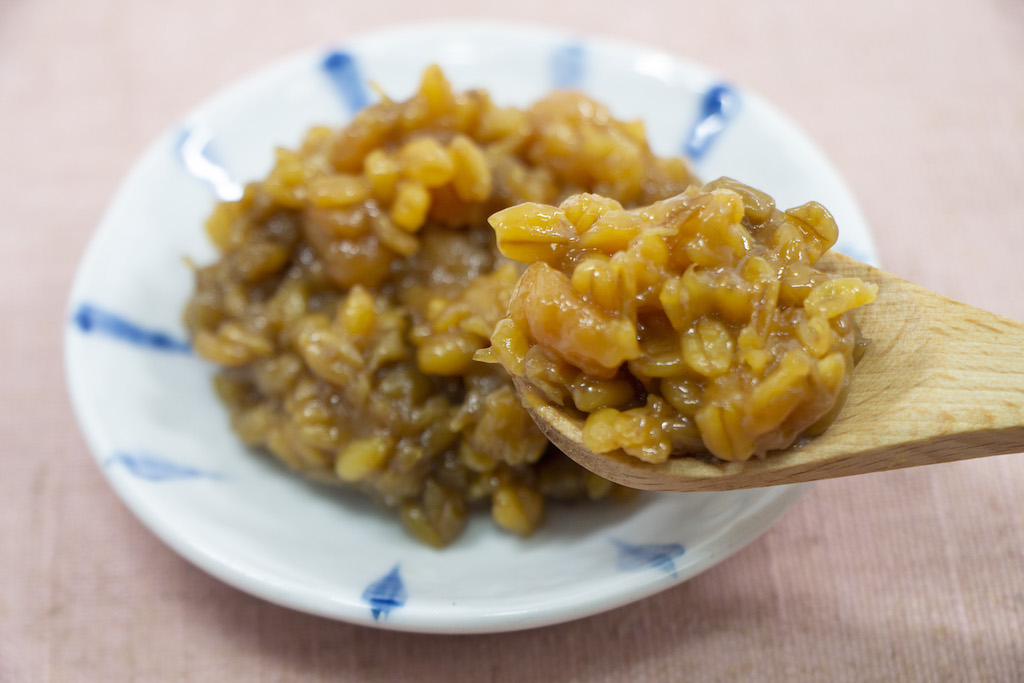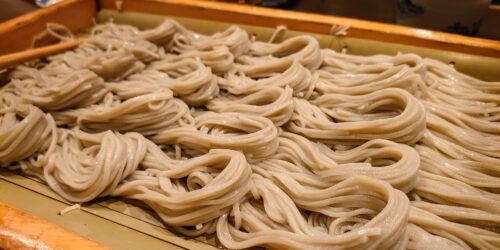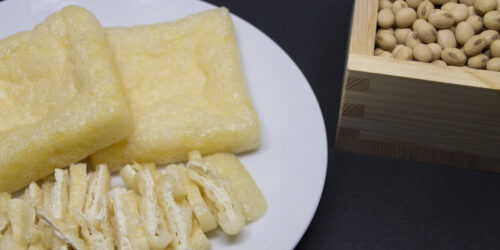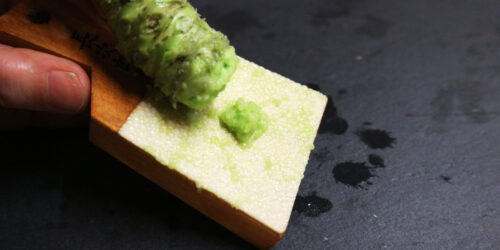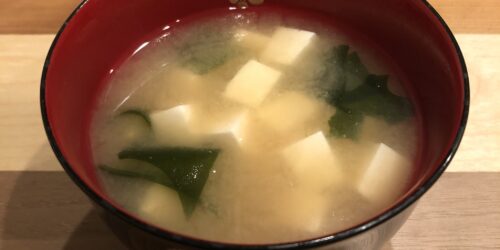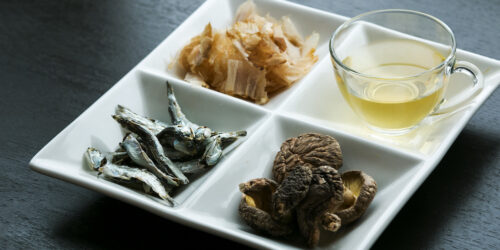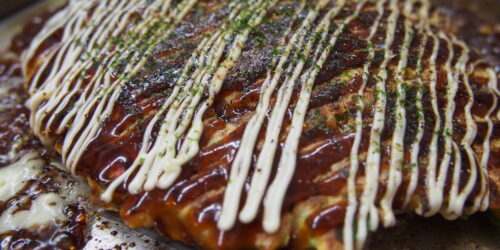Top 21 Japanese Soybean Products
Do Japanese eat a lot of soy?
Tofu, miso, soy sauce, etc… When I make a list of soybean products, there are so many of them in Japan. Those products are very nutritious, and absolutely necessary in Japanese diet. And they are delicious foods indeed!
Here I would like to introduce all the types of soy food in Japan: What are they, and how are they used?
Edamame
Immature soybean seeds are called “edamame”.
Generally, Japanese people boil edamame in plenty of water, then sprinkle with salt before eating. It doesn’t matter what the taste is sprinkled as long as it’s boiled enough. You can make your own flavor of edamame dish as you like.
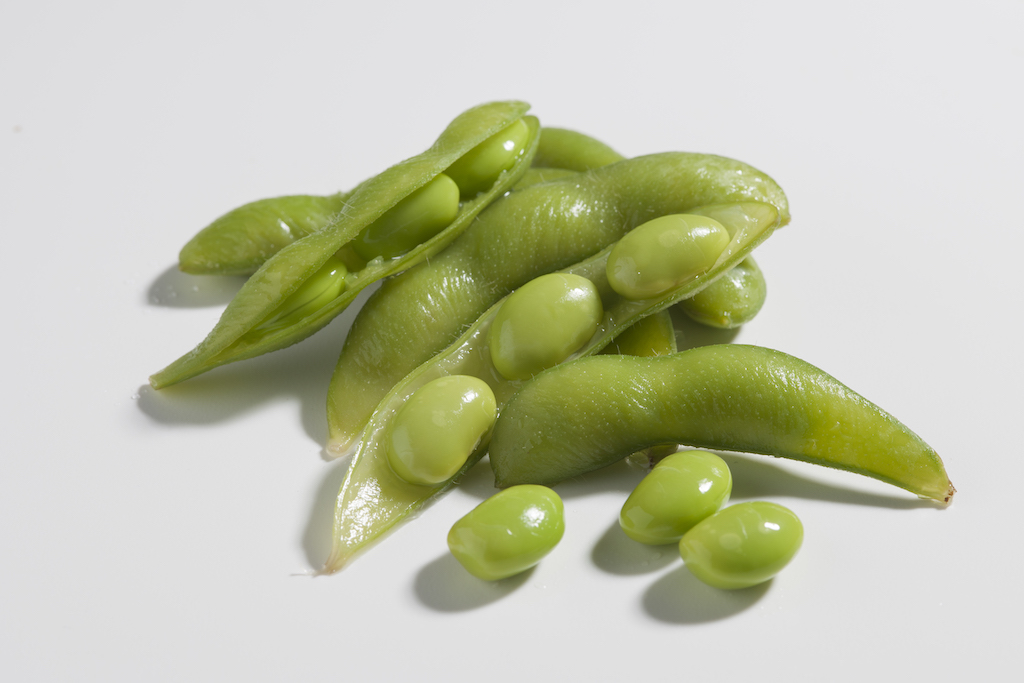
Bean Sprouts
Bean sprouts are called “moyashi” in Japanese. This is manufactured by artificially germinating soybean seeds.
I would say it’s one of the most reasonable vegetable among Japanese, and very useful material at the same time.
It has crisp texture, and relatively light taste that matches well with any types of seasonings.
The popular way of using bean sprouts are stir-frying. Also, boiled bean sprouts are often used as a topping for ramen.
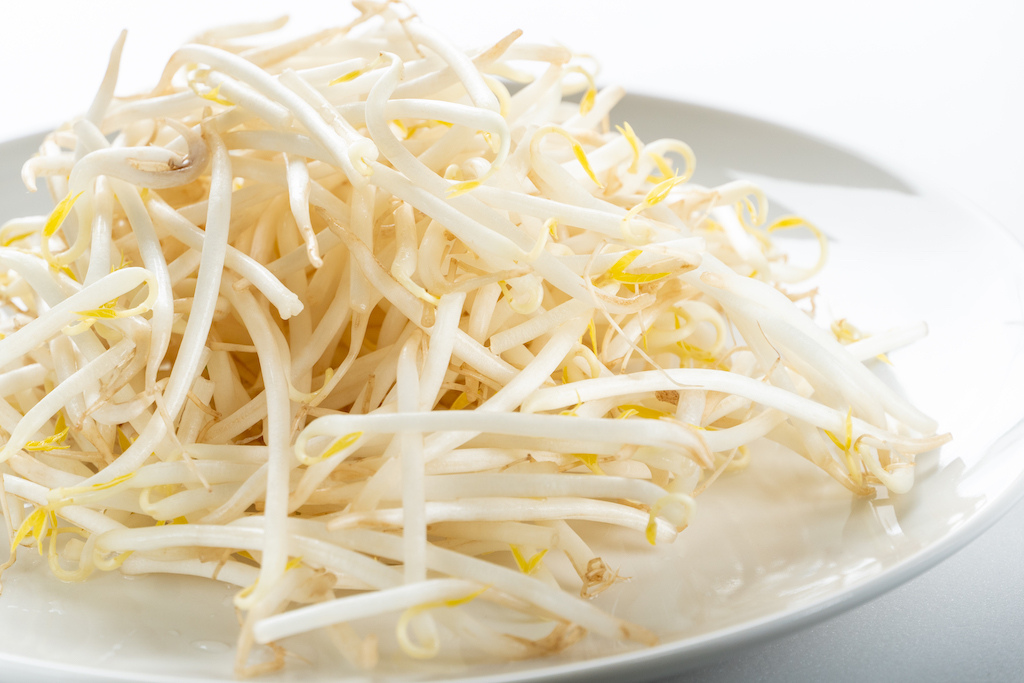
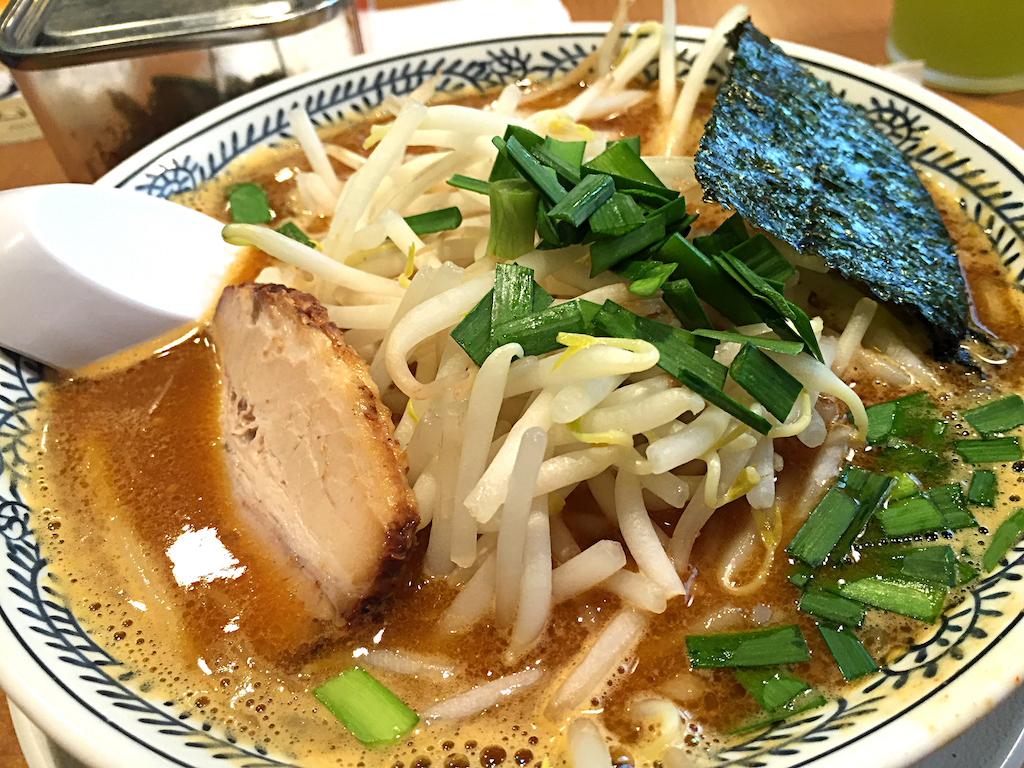
Dried Soybeans
Dried soybeans are the basic form for storing soybeans.
You need to soak them in plenty of water for several hours or more before using for cooking. Softened soybeans are used in some cooking or making tofu, miso, etc.
People eat as many roasted soybeans as their age at Setsubun that is a holiday to celebrate the coming of spring.
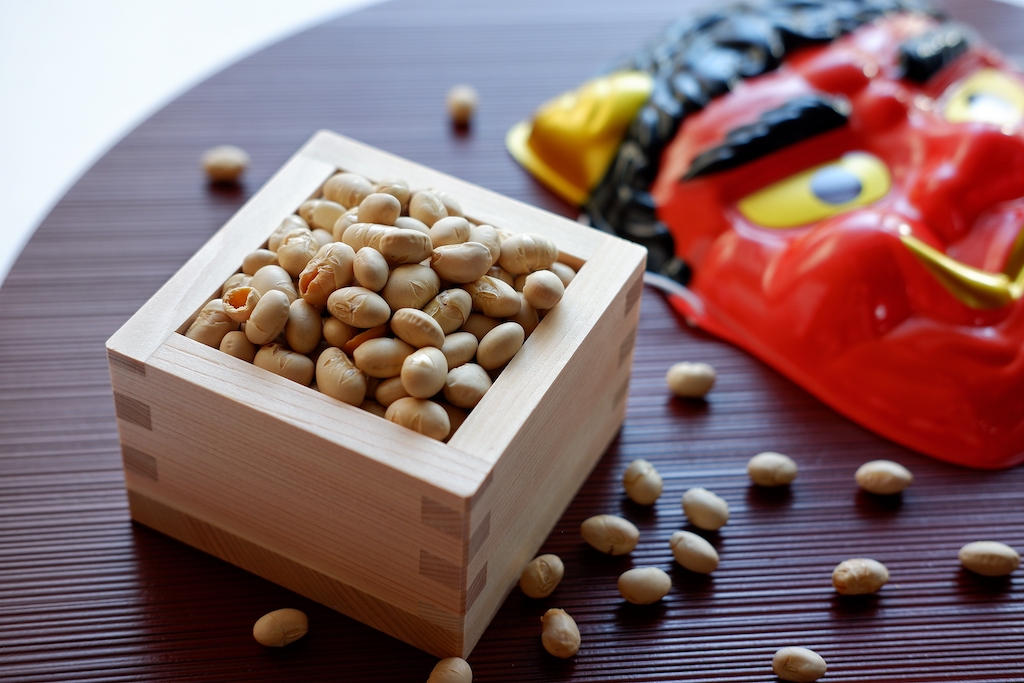
Boiled Beans
Dried soybeans are soaked in water in advance to make this.
Soybeans boiled without seasoning are commercially available as a canned food that can be preserved. Canned soybeans are very useful when putting in a simmered dish without troublesome preparation.

Amanatto (Sugared Beans)
Amanatto is Japanese traditional sweets made from various types of beans.
Although the name uses “natto”, it’s not related to natto.
The representative raw materials for this are adsuki beans, red peas, red kidney beans, etc. Nowadays, amanatto made of soybeans have also appeared on the market.
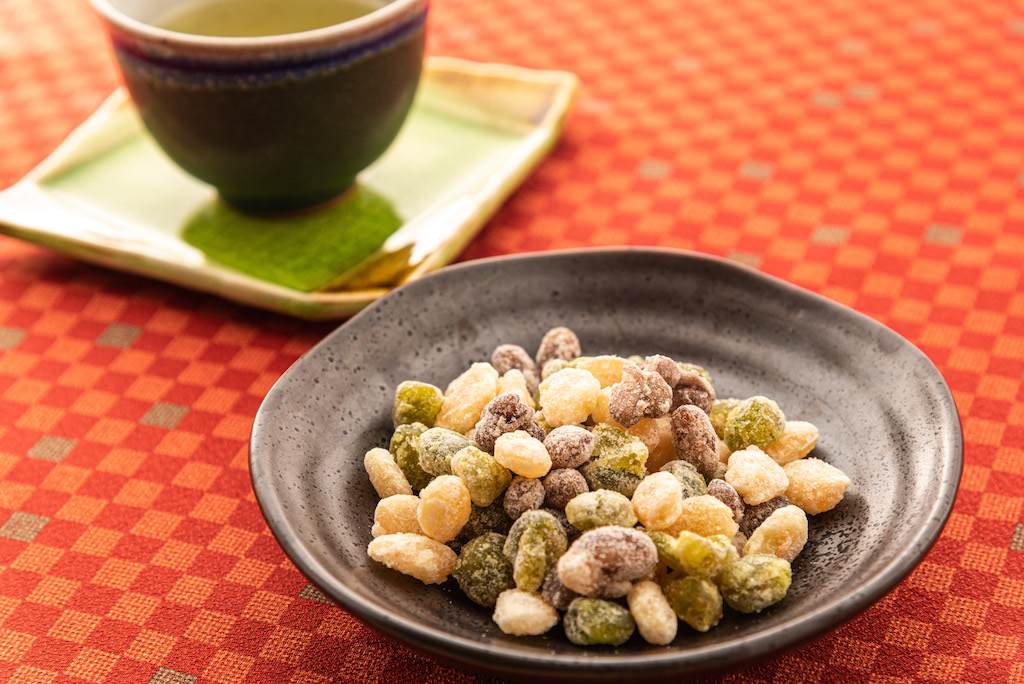
Soy Milk
Soy milk is beverages made by straining boiled soybean juice. Soybeans are soaked in water, mashed, and boiled down with water to make the soybean juice.
Please click below to see details of products related to soy milk.
A Guide to Japanese Soy Food
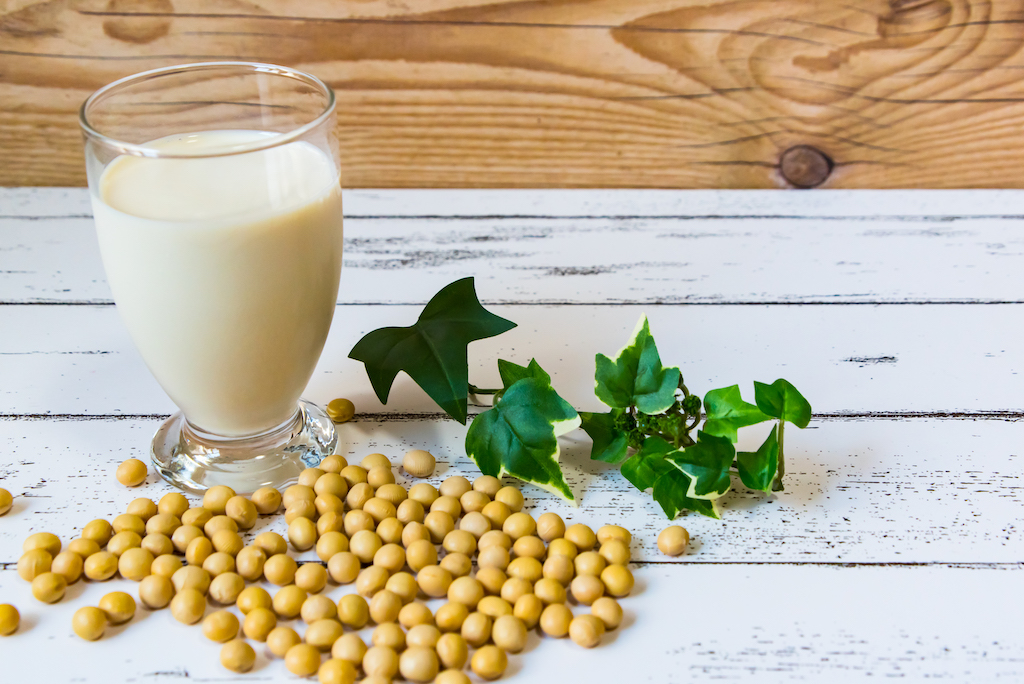
Tofu
Tofu is made by adding coagulant to soy milk.
#8-12 are all processed tofu products, and please click below to see details of them.
5 Types of Tofu and Their Uses
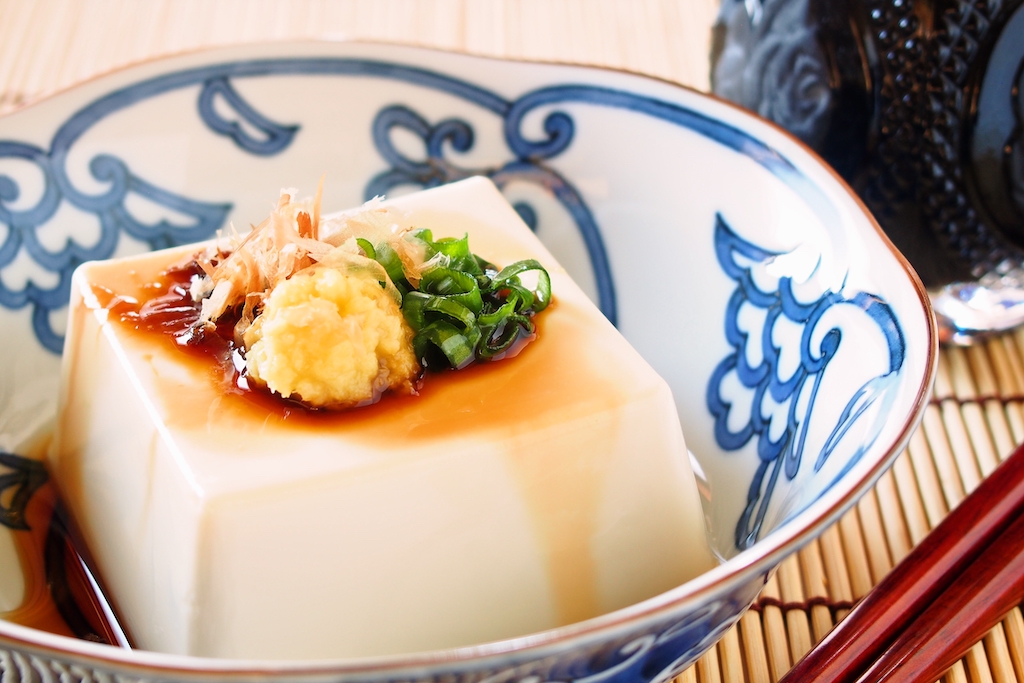
Yaki-dofu (Broiled Tofu)
Yaki-dofu is made by lightly grilling both sides of the drained tofu over an open flame.
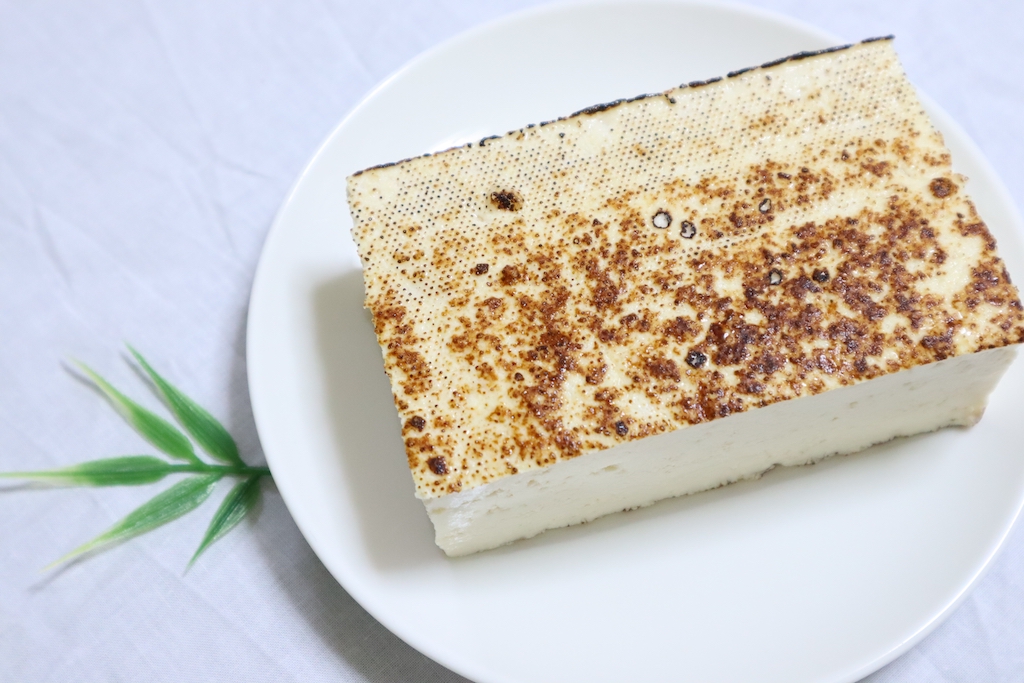
Abura-age (Thin Deep-fried Tofu)
Abura-age is made by deep-frying thin tofu.
What Is Abura-age and How Is It Used?
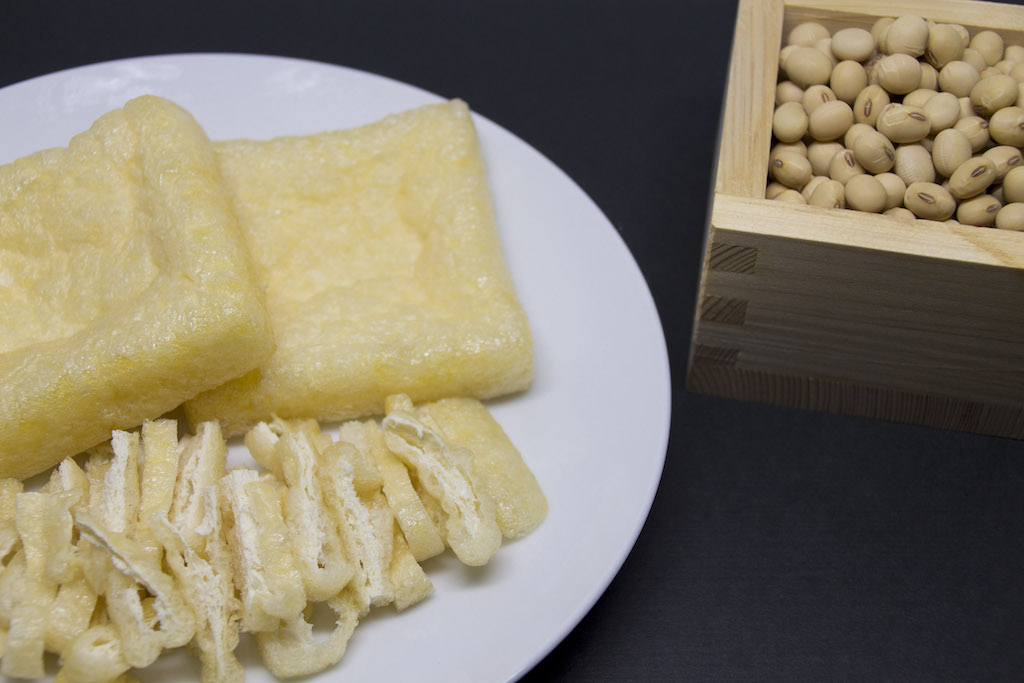
Atsu-age (Thick Deep-fried Tofu)
Atsu-age is made by deep-frying thickly cut tofu.
What Is Atsu-age (Thick Fried Tofu) and How Is It Used?
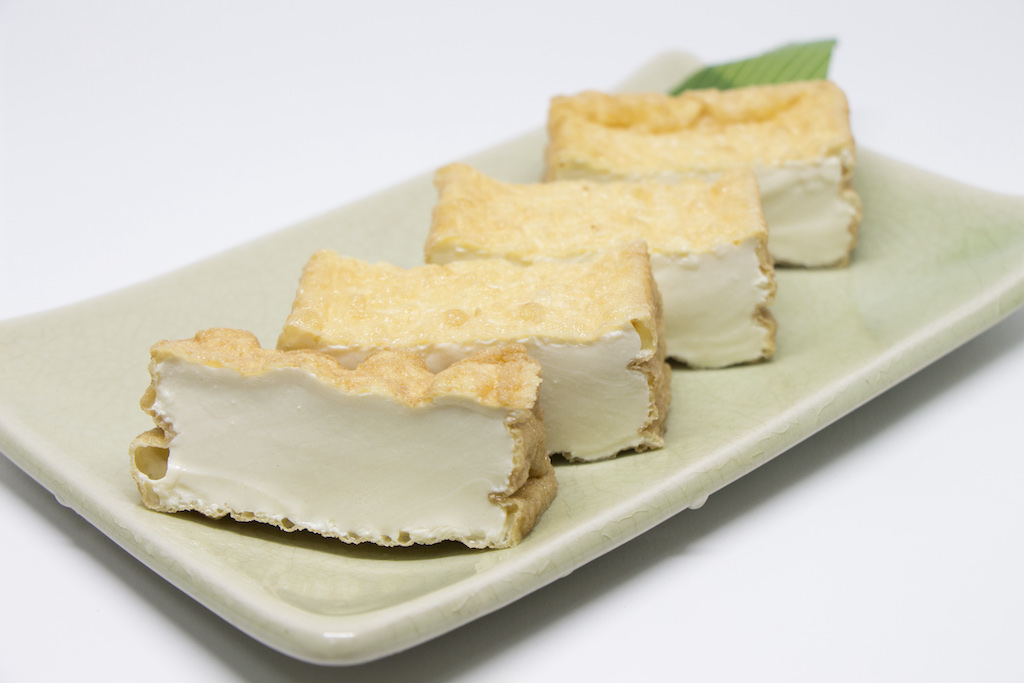
Ganmodoki (Deep-fried Tofu Mixed with Thinly Sliced Vegetables)
Ganmodoki is made by deep-frying round molded tofu made of drained tofu, grated yam paste, carrot, shiitake mushrooms, kombu, etc.
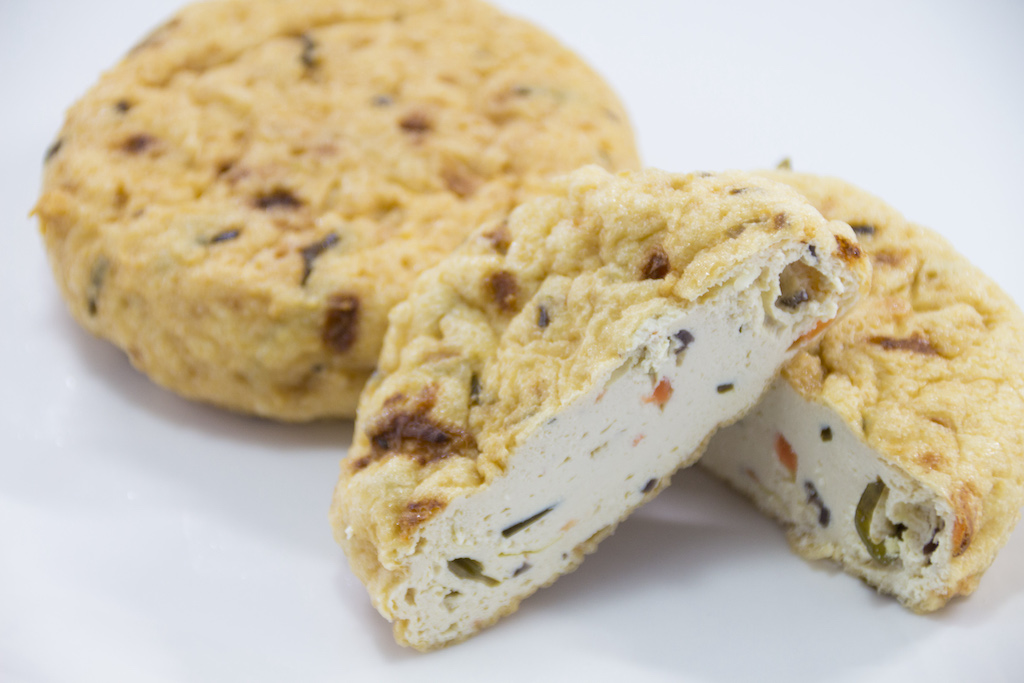
Koya-dofu (Freeze-Dried Tofu)
Koya-dofu is a preserved food made by drying tofu after freezing and aging it at low temperature.
What Is Koyadofu and How Is It Used?
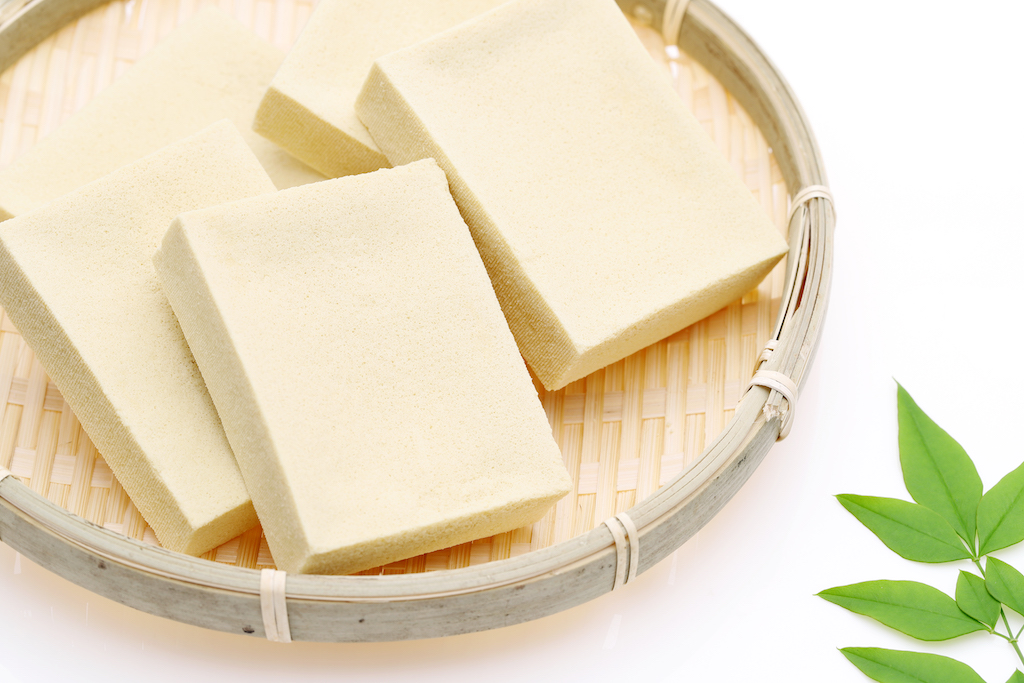
Okara (Soy Milk Pulp)
Okara is residue when making soy milk.
What Is Okara and How Is It Used?

Yuba (Tofu Skin)
Yuba is a thin film that is formed on the surface of soy milk when it’s slowly heated.
What Is Yuba and How Is It Used?
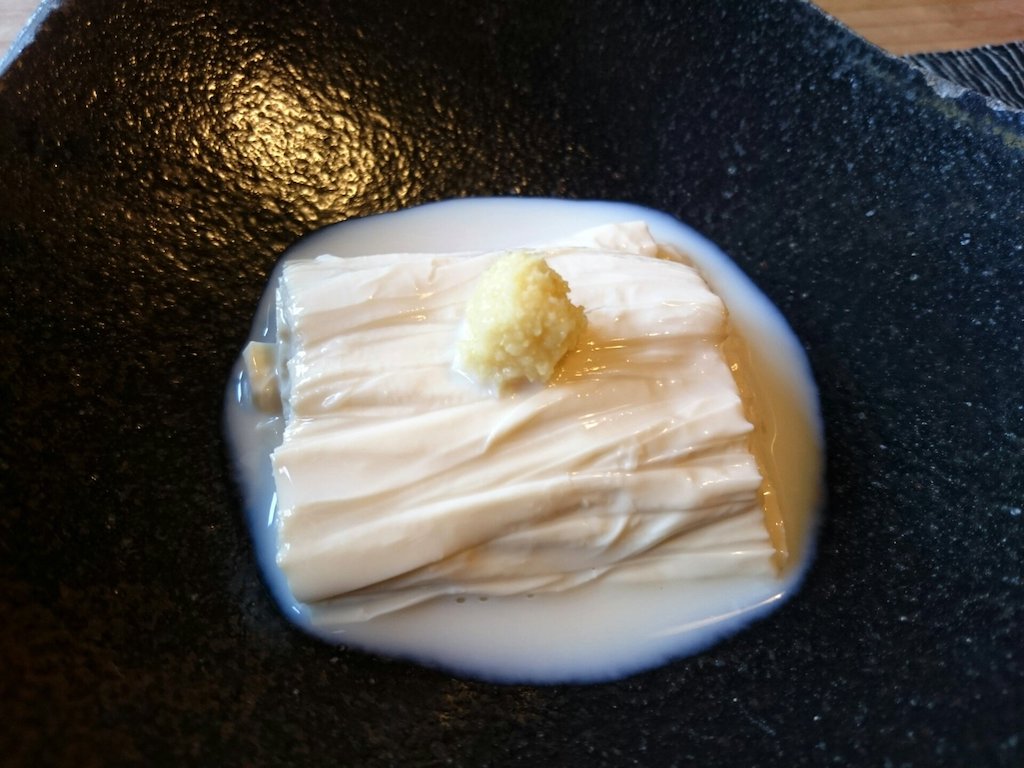
Soybean Oil
Soybean oil is oils and fats collected from soybean seeds, and widely used as a raw material for vegetable oil, mayonnaise, and margarine.
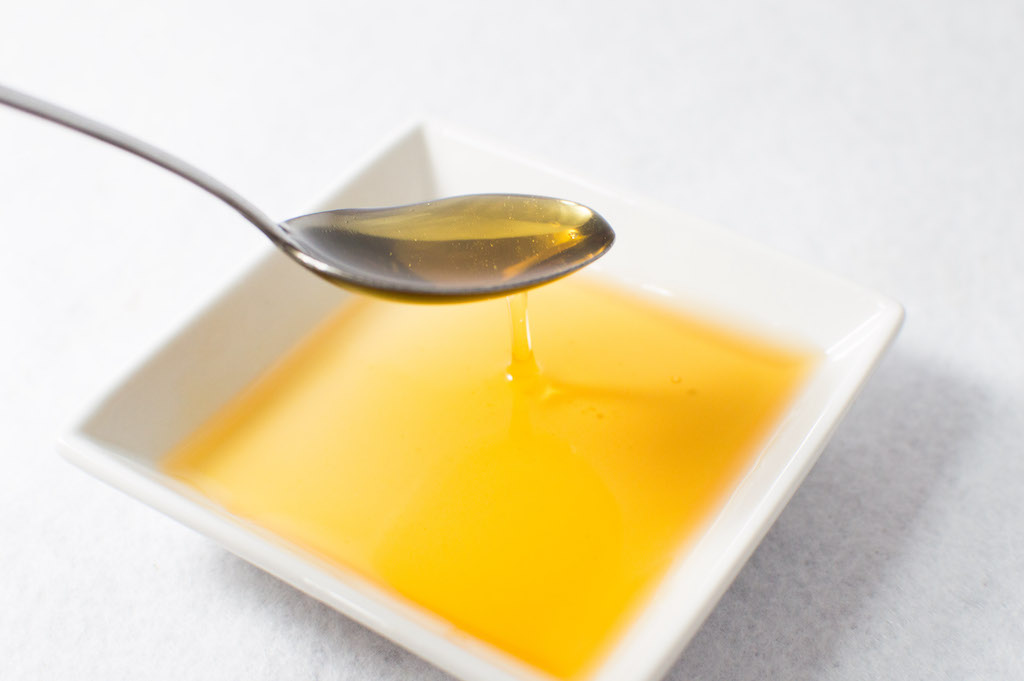
Kinako (Roasted Soybean Flour)
Kinako is a powder of roasted soybeans.
What Is Kinako and How Is It Used?
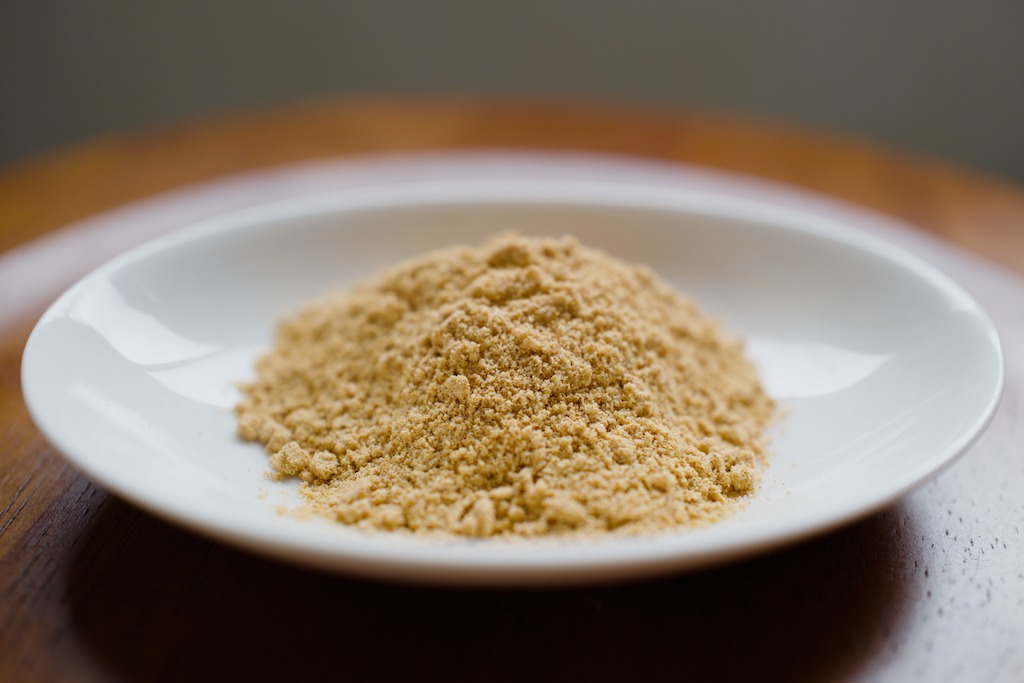
Zunda (Green Soybean Paste)
Zunda is green paste made by mashing edamame (immature soybean seeds) or broad beans.
Green paste seasoned with salt is used for aemono (kind of salad), while the one seasoned with sugar is used for zunda mochi (rice cake covered in sweetened mashed green soybeans).
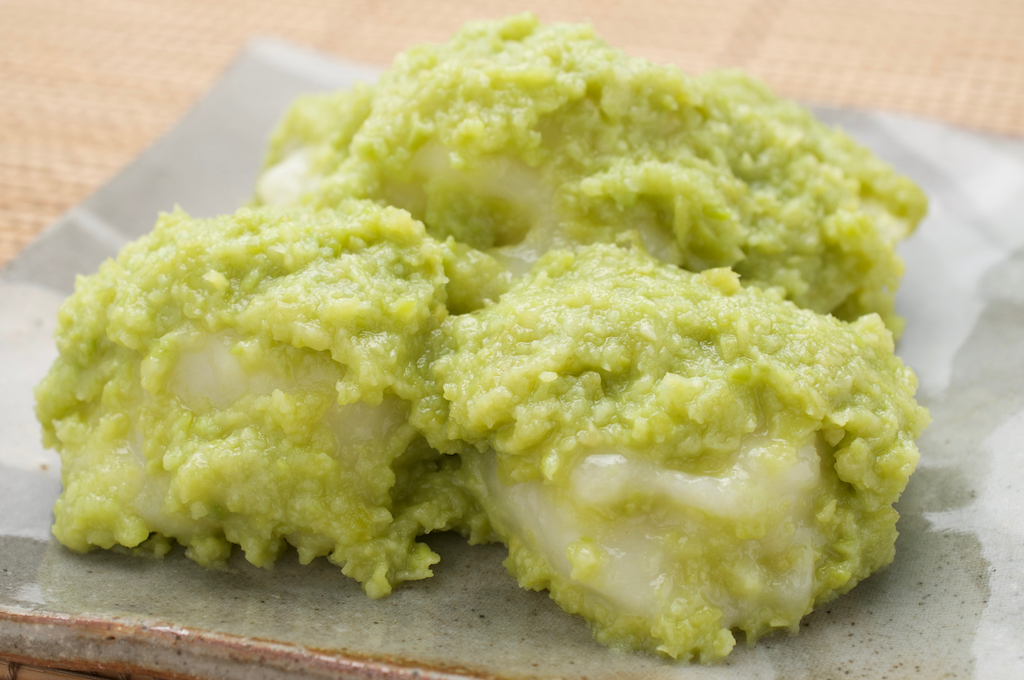
Soy Sauce
One of the main raw material for soy sauce is soybeans. It’s made from soybeans, barley, koji, and salt.
The processes of making soy sauce are below:
1. Koji mold is sprinkled onto a mixture of soybean and barley in order to make koji for soy sauce.
↓
2. (1) is mixed with salt water, they are fermented for more than half a year, and become unrefined soy sauce which is called “moromi”.
↓
3. (2) is wrapped in a cloth and squeezed while applying pressure.
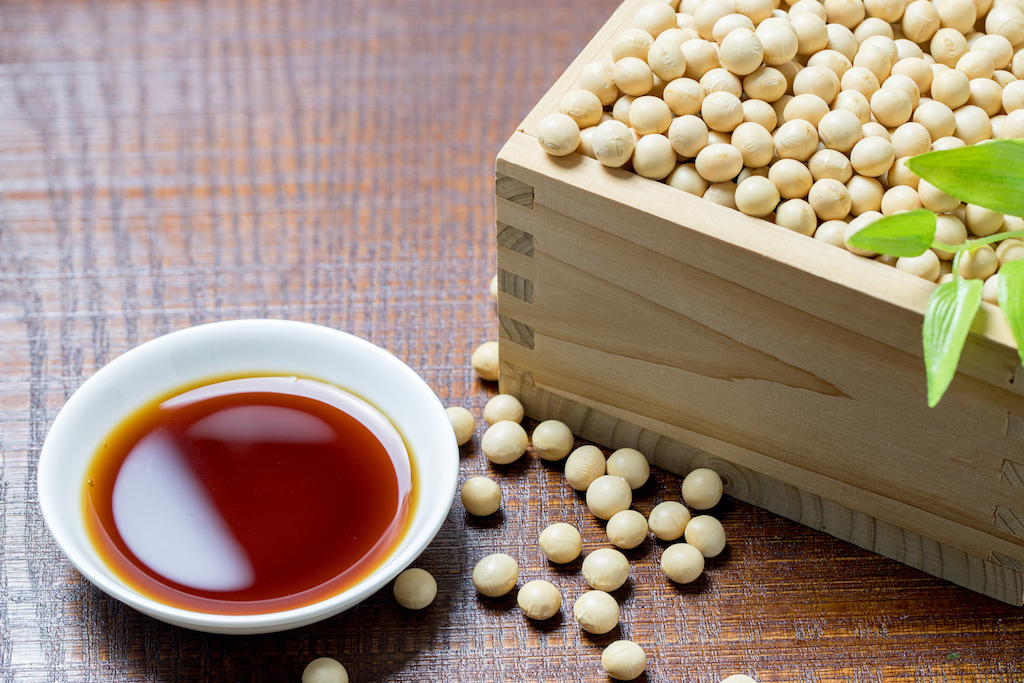
Miso
Miso is made by fermenting a mixture of soybean, koji, and salt.
Boiled and mashed soybeans are mixed with koji and salt, then it has to be fermented for few weeks to few years.
As you may know, miso is often used to make miso soup. It also can be used for stir-fried dishes and miso ramen soup, dressing, etc besides miso soup.
[Ultimate Guide] Different Types of Miso
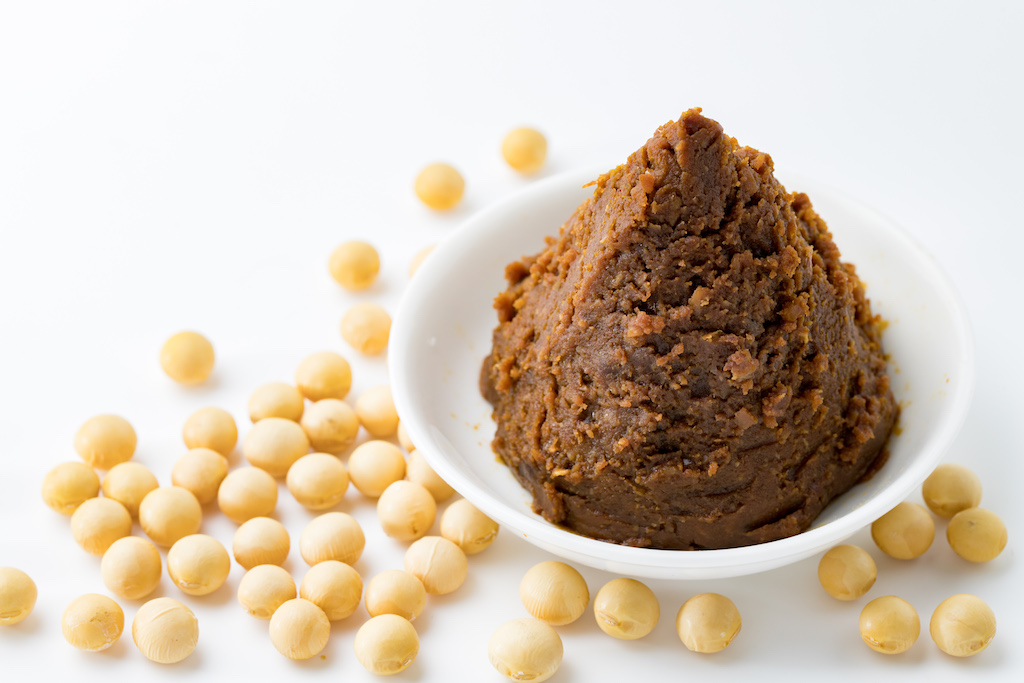
Natto (Fermented Soybeans)
Natto is fermented food made by fermenting well-steamed soybeans with natto bacteria. It’s sticky and has very unique smell.
Putting natto on a bowl of rice is a staple of Japanese breakfast. Natto is also used as a material for sushi, topping for mochi (rice cake), ingredient for pasta sauce, etc.
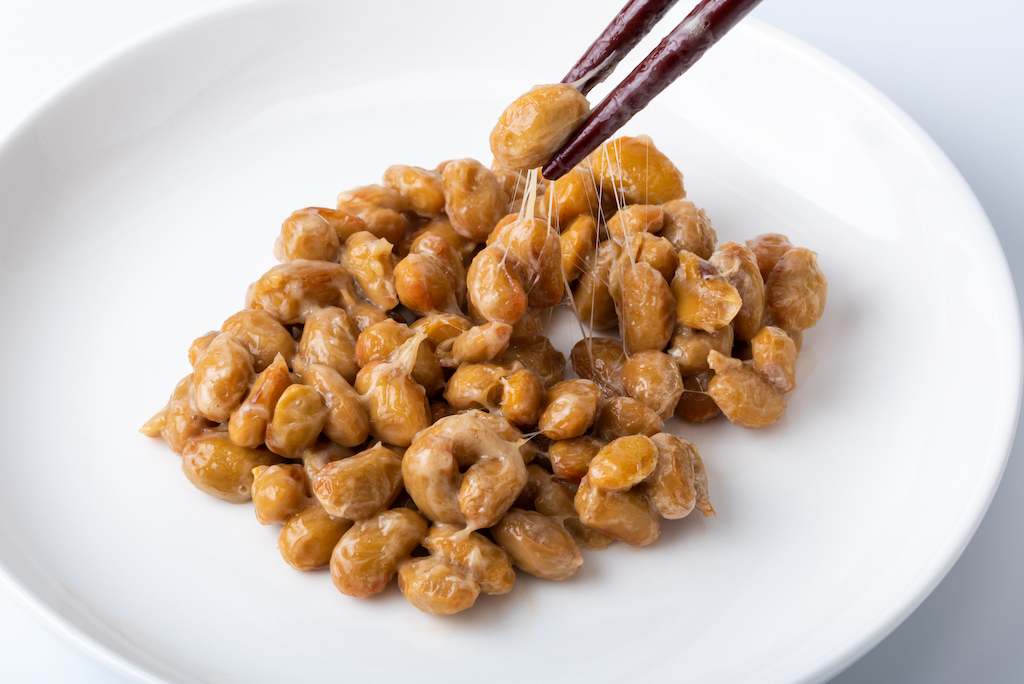
Moromi (Unrefined sake / soy sauce)
Moromi is a soft solid in the liquid brewed to make soy sauce or sake, in other words, sake or soy sauce that has not been strained yet.
Moromi of soy sauce is eaten as it is, or used in cooking as a seasoning in some parts of Japan.
By the way, there is a type of miso called “moromi miso”. Although it has the name “moromi”, it’s not obtained in the process of making miso. Moromi miso is actually made by mixing soybeans, koji, salt, sugar, and sesame. It’s made with moromi of soy sauce, rice koji, or amazake in some cases.
